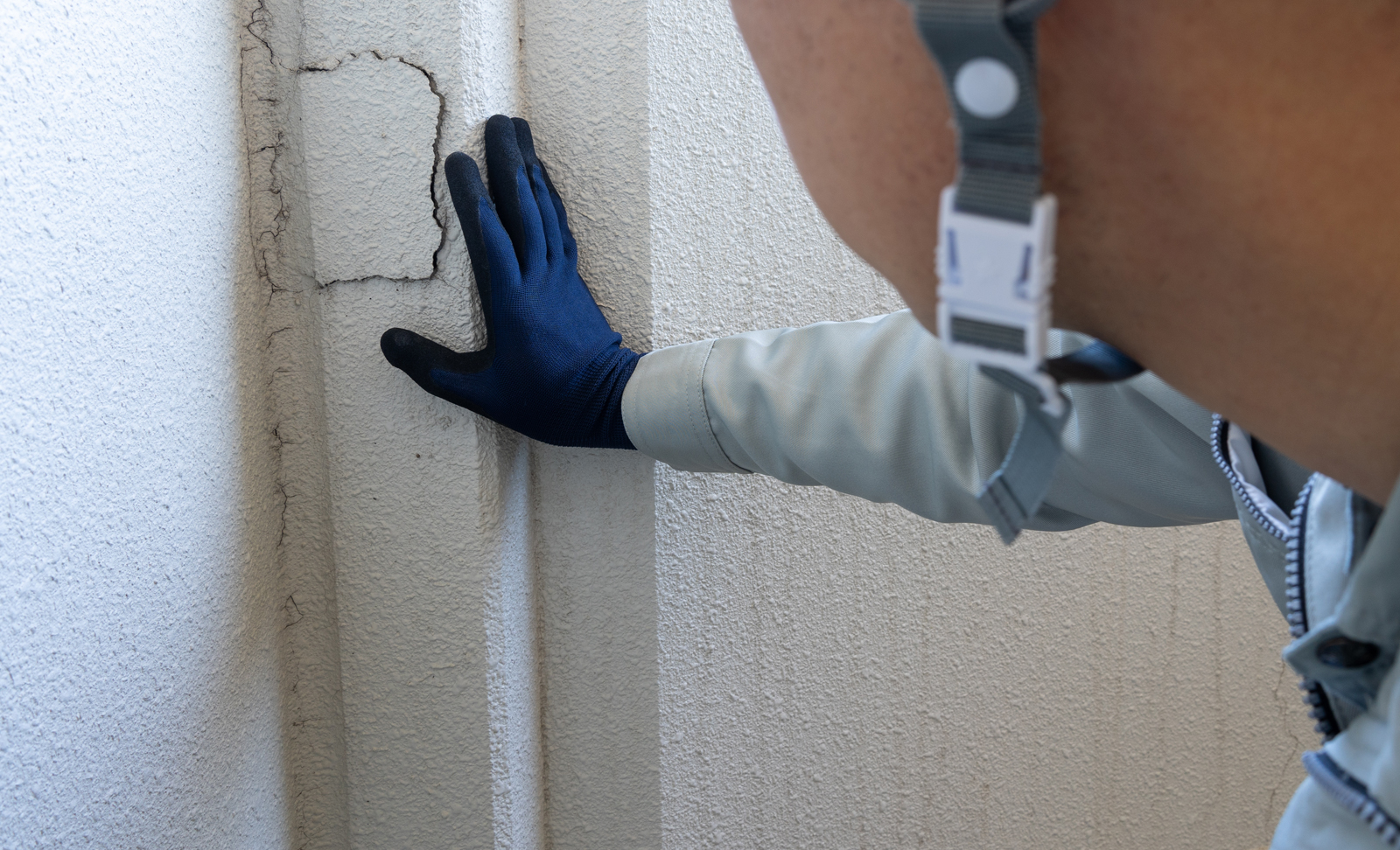
Renovation
Dampness in structure – sources, effects and solutions
There may be several reasons behind the dampness in your walls, buildings, ceilings, and roofs. Know how to identify the cause and implement Dr. Fixit’s waterproofing solutions to overcome the issues.
Dampness in walls is a common issue that can lead to significant problems if not addressed on time. The presence of moisture can lead to dampness in walls, ceilings, roofs, etc. and compromise the integrity and longevity of your home. It may even lead to health issues and diminish the aesthetic appeal of your living space.
Let us explore the causes, symptoms, and most effective solutions for combating dampness in building structures. This will ensure a safe and comfortable environment for your family.
What is wall dampness?
Dampness in walls refers to the presence of unwanted moisture within the walls of a building. This moisture can originate from various sources, including external weather conditions, plumbing leaks, or poor construction practices. Over time, this moisture can lead to mould growth, peeling paint, and even structural damage if left untreated. That is why you need efficient waterproofing solutions to remove wall dampness permanently.
Signs and symptoms
Identifying dampness in walls early is crucial to preventing further damage. Here are some common signs that can help you catch dampness early on -
-
Discolouration
Yellow or brown patches on the walls or ceiling.
-
Peeling paint or wallpaper
Moisture causes the adhesive to break down, leading to bubbling or peeling.
-
Mould growth
A clear sign of excess moisture, often accompanied by a musty odour.
-
Efflorescence
White, powdery deposits on walls, indicating the presence of salts left behind by evaporating water.
Causes of wall dampness
Understanding the reason for dampness in walls is the first step in addressing the issue. Both external and internal factors can cause dampness -
External causes
-
Rainwater penetration - Cracks in the external walls or roof can allow rainwater to seep in, leading to roof dampness and eventually spreading to the walls.
-
Poor drainage - Inadequate drainage systems can cause water to accumulate around the foundation, leading to dampness in building walls.
-
Faulty gutters - Clogged or broken gutters can lead to water overflowing and penetrating the walls.
Internal causes
-
Plumbing leaks - Leaking pipes within the walls can cause significant wall dampness over time.
-
Condensation - Poor ventilation in kitchens and bathrooms can lead to condensation, contributing to ceiling and wall dampness.
-
Rising dampness - This occurs when groundwater rises through the walls due to capillary action, often due to inadequate waterproofing.
Assessing the extent of dampness
You must assess the extent of the problem before implementing an effective solution for wall dampness since it can -
-
Provide an accurate idea about the issue
-
Identify both the source and severity of the dampness
This assessment will guide the choice of waterproofing solutions and necessary repairs.
To assess wall dampness,
-
Begin by visually inspecting the walls for signs such as peeling paint, discolouration, mould growth, or damp patches.
-
Feel the wall surface; a damp wall will feel cold and moist to the touch.
-
Tap the wall gently damp walls often produce a dull sound compared to dry ones.
-
For a more precise reading, use a moisture meter, which measures the wall's moisture content and helps identify areas with excessive dampness.
-
Additionally, check for musty odours or condensation on windows, as these can indicate underlying moisture problems in the walls.
Prevention measures
Prevention is always better than cure. Implementing the following measures can help address your walls or ceiling dampness repair needs -
-
Proper ventilation
Ensure your home is well-ventilated, especially in moisture-prone areas like kitchens and bathrooms. Install extractor fans if necessary.
-
Regular maintenance
Keep your gutters clean and check for cracks in the exterior walls regularly.
-
Use of damp-proof membranes
During construction or renovation, consider installing a damp-proof membrane to prevent moisture from seeping into the walls.
-
Adequate drainage
Ensure that your home’s drainage system is properly functioning to divert water from the foundation.
Solutions for existing dampness
You must promptly treat dampness in your living space through the following repair and remediation solutions.
-
Waterproofing solutions
Applying waterproofing solutions to affected areas is crucial. Products like sealants and membranes can create a barrier that prevents further moisture ingress.
-
Plumbing repairs
If a plumbing leak is the reason for dampness in walls, fixing the leak is the first step in addressing the issue.
-
Ceiling dampness repair
For ceiling dampness repair, it’s important to first identify whether the cause is roof-related or due to internal leaks. Once identified, patching the roof or fixing the leak will be necessary.
-
Replastering and repainting
Once the source of dampness is eliminated, it may be necessary to replaster and repaint the affected areas to restore them to their original condition.
Why choose Dr. Fixit?
Dampness in wall and ceiling dampness can be treated easily by understanding the causes and symptoms. Whether dampness in a building or roof dampness, implementing the right solutions is critical to maintaining a dry, safe, and comfortable living environment. And when choosing the right products and services, Dr. Fixit offers reliable and effective waterproofing solutions to meet all your needs.
Dr. Fixit’s services meet the specific needs of your home, whether you are dealing with dampness or any other moisture-related issue. Just fill out the form given below and connect with the experts from Dr. Fixit for effective solutions and personalised advice.
FAQs
FAQ#1 - Is there a permanent solution to treat damp walls?
Dampness in walls is a common issue, but you can remove it permanently with a damp-proof course. Another alternative is approaching Dr. Fixit for the most efficient and durable waterproofing solutions.
Get Professional Waterproofing Solutions Today
Fill The Form below to took free site evaluation by Dr. fixit point safe painting service expert



